
Filter News
Area of Research
- (-) Advanced Manufacturing (4)
- (-) Supercomputing (3)
- Biological Systems (1)
- Biology and Environment (12)
- Computational Engineering (1)
- Energy Science (14)
- Fusion and Fission (2)
- Fusion Energy (8)
- Materials (21)
- Materials for Computing (6)
- Mathematics (1)
- National Security (1)
- Neutron Science (4)
- Nuclear Science and Technology (4)
- Nuclear Systems Modeling, Simulation and Validation (1)
- Quantum information Science (1)
- Transportation Systems (1)
News Topics
- (-) Advanced Reactors (2)
- (-) Fusion (2)
- (-) Materials Science (5)
- 3-D Printing/Advanced Manufacturing (11)
- Artificial Intelligence (1)
- Big Data (4)
- Biology (1)
- Biomedical (4)
- Chemical Sciences (1)
- Composites (3)
- Computer Science (16)
- Coronavirus (2)
- Critical Materials (3)
- Energy Storage (1)
- Environment (4)
- Exascale Computing (1)
- Frontier (1)
- High-Performance Computing (3)
- Machine Learning (1)
- Materials (5)
- Nanotechnology (1)
- Nuclear Energy (2)
- Polymers (2)
- Quantum Computing (4)
- Quantum Science (3)
- Simulation (1)
- Space Exploration (2)
- Summit (6)
- Transportation (1)
Media Contacts

Oak Ridge National Laboratory researchers have demonstrated that a new class of superalloys made of cobalt and nickel remains crack-free and defect-resistant in extreme heat, making them conducive for use in metal-based 3D printing applications.
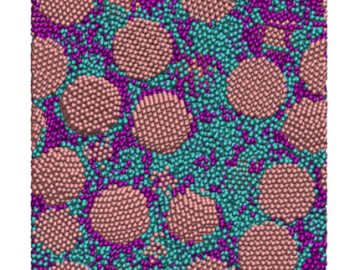
Oak Ridge National Laboratory scientists have discovered a cost-effective way to significantly improve the mechanical performance of common polymer nanocomposite materials.
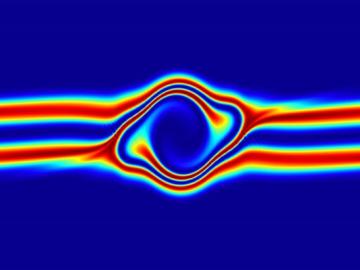
The prospect of simulating a fusion plasma is a step closer to reality thanks to a new computational tool developed by scientists in fusion physics, computer science and mathematics at ORNL.
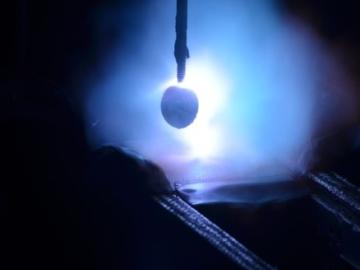
Researchers at Oak Ridge National Laboratory demonstrated that an additively manufactured polymer layer, when applied to carbon fiber reinforced plastic, or CFRP, can serve as an effective protector against aircraft lightning strikes.

A team including Oak Ridge National Laboratory and University of Tennessee researchers demonstrated a novel 3D printing approach called Z-pinning that can increase the material’s strength and toughness by more than three and a half times compared to conventional additive manufacturing processes.
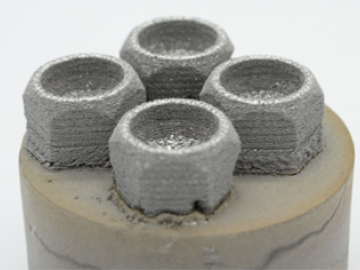
Using additive manufacturing, scientists experimenting with tungsten at Oak Ridge National Laboratory hope to unlock new potential of the high-performance heat-transferring material used to protect components from the plasma inside a fusion reactor. Fusion requires hydrogen isotopes to reach millions of degrees.
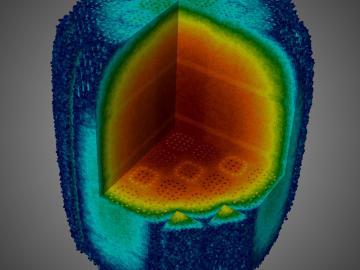
In a step toward advancing small modular nuclear reactor designs, scientists at Oak Ridge National Laboratory have run reactor simulations on ORNL supercomputer Summit with greater-than-expected computational efficiency.


